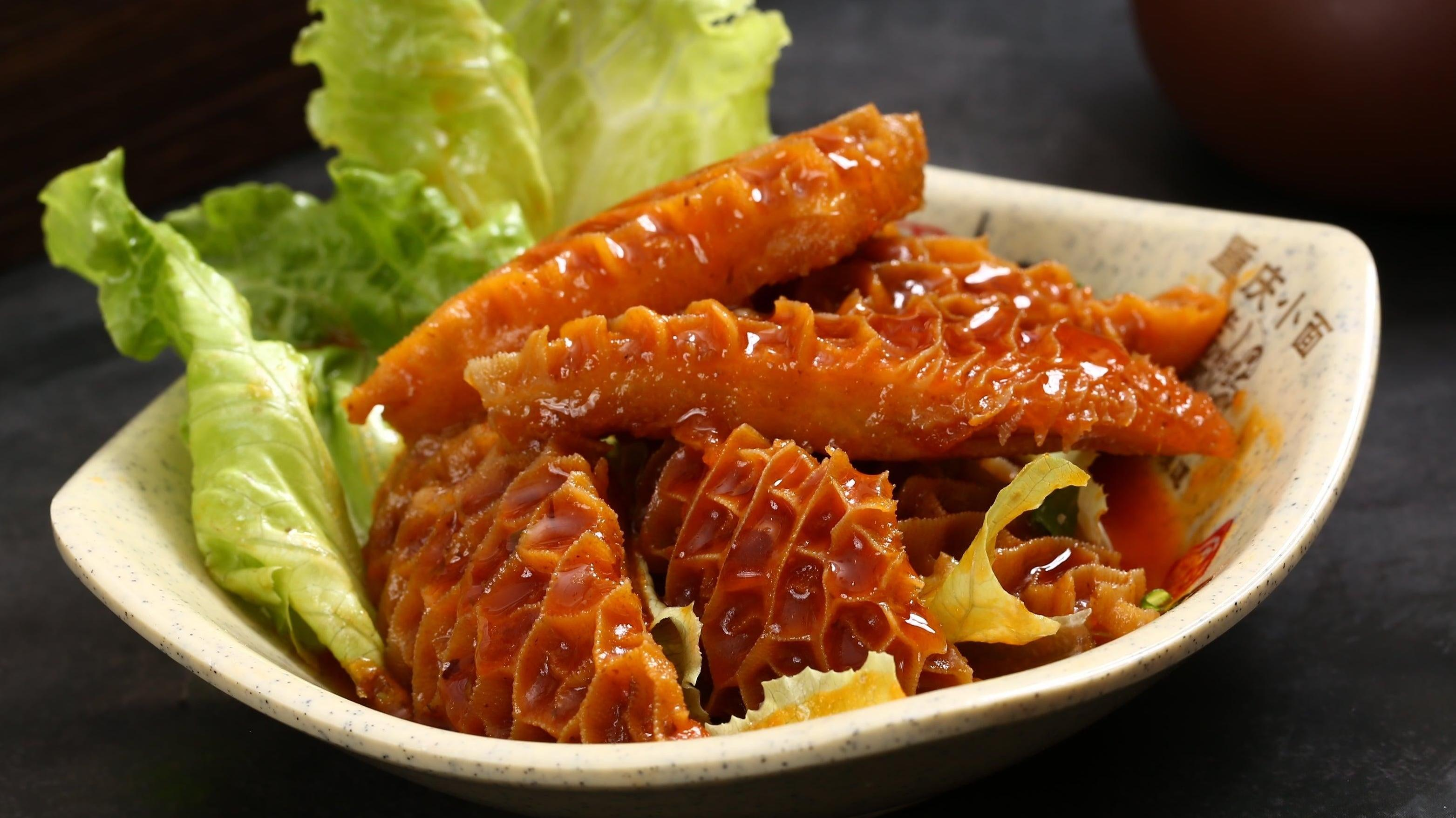The Food Textures Americans Hate Most
Gelatinous, soft, bouncy, gluey—Americans have some strong food preferences.
Whenever people tell me they dislike a certain food, it's often because of one particular attribute: its texture. A recent New York Times Style Magazine article unpacks Americans' limited appetite for various food textures and examines why our palates are so picky in this regard, especially when other parts of the world enjoy a far wider array of consistencies. What's our deal?
America’s least favorite food textures
A Reddit thread from 2016 titled "What food texture do you hate?" includes nearly 1,000 comments. The most common responses include chewy, soggy, mushy, slimy, and gummy, citing foods such as okra, calamari, wet bread, mushrooms, and oysters as representatives of each terrible texture.
I grew up eating many foods with textures that Reddit users complain about. My mom made dishes that seem perfectly normal to me, like beef tendon soup featuring jiggly, gelatinous pieces of long-simmered tendon. Spicy octopus stir fry wasn't uncommon on our table, and collagen-rich oxtail soup was something we had regularly too. The foods so unacceptable to some were the everyday offerings in my household.
Moreover, I don't have very fond memories of sharing any of these foods with my friends or classmates, who would reject them outright for being "weird." Granted, it wasn't always about texture alone, but having your mom's delicious cooking looked down on isn't a great feeling.
The NYT suggests that the most beloved textures to the American palate are "creamy" and "crunchy," which certainly sounds right to me. Look no further than the people who love to gleefully argue about the best peanut butter.
Why don’t people like certain textures in food?
It's not always about deliberate pickiness. You might notice a lot of the foods called out in the Reddit thread involve some sort of softness and moisture to them. Today suggests that beyond mere cultural factors, our innate instincts might keep us from enjoying certain food textures.
Anything that registers as slimy, for example, could be triggering an innate sense that the food is somehow spoiled and therefore unsafe to eat. An overly stringy piece of meat naturally becomes unappealing after the fourth or fifth chew, as your body naturally wants to avoid ingesting something that registers as difficult to swallow, averting any potential choking incident.
Plus, not everyone's been exposed to the same beef tendon soup I regularly enjoyed as a kid. When cooked for a long period of time, beef tendon becomes squishy and sticky—characteristics that some dislike very much, but ones I've grown to covet. For me, regular exposure to those textures shaped my preferences, and they're the same ones I have to this day.
Our nation's failure to branch out is even reflected in our vocabulary. Other languages, the NYT notes, feature words describing food textures that English lacks. In Japanese, there are over 400 such terms, including kari kari, which means "crisp with a clean crack to it," and pari pari, which describes the delicate crispness of something like potato chips.
The Times does mention, however, that American palates have changed significantly over the years. Foods that previously challenged people's sense of what's "acceptable," such as raw fish, are now seen as perfectly normal.
If you're on the fence about trying natto (the stringy fermented Japanese soybean dish), or merely assume you'd hate tres leches cake (sogged up by three types of milk saturating the sponge), it helps to remember that for millions of people, these are beloved dishes. There's nothing wrong with concluding you don't like a particular food, but you'll never know until you try a little first.
